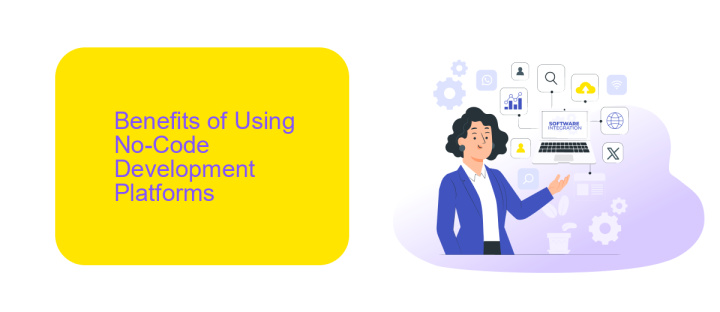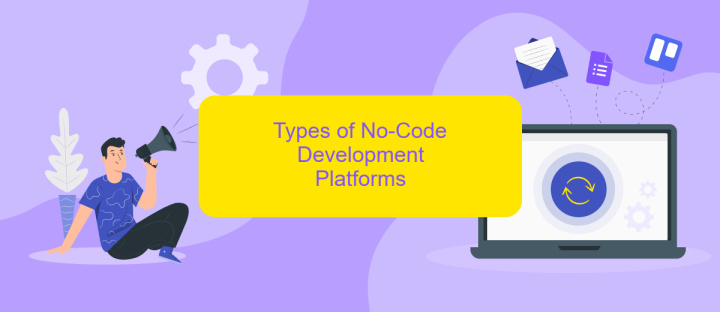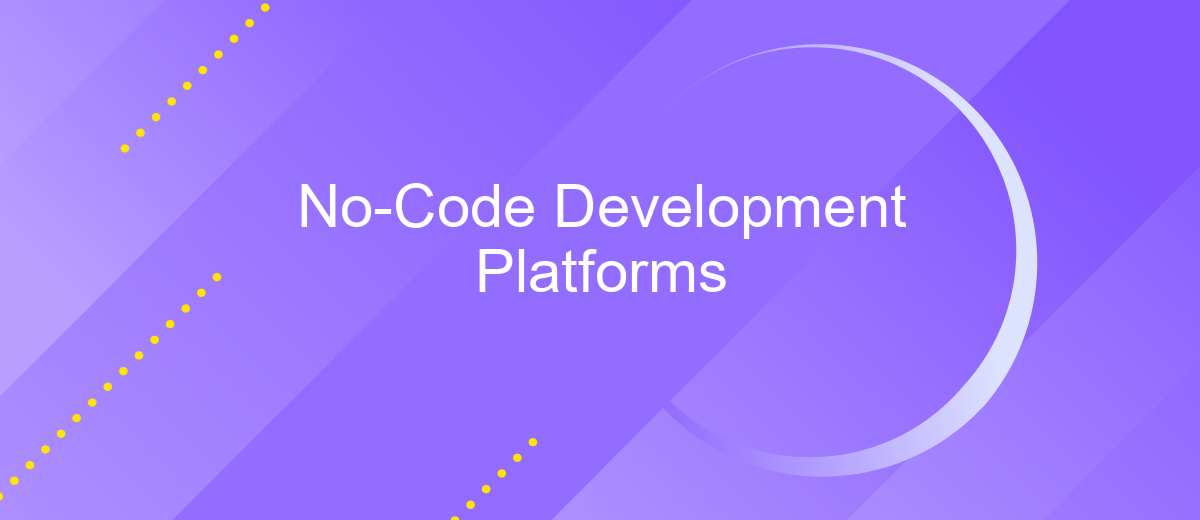No-Code Development Platforms
No-code development platforms are revolutionizing the way software is created, enabling individuals without programming skills to build applications through intuitive, visual interfaces. These platforms democratize software development, allowing businesses to accelerate innovation and reduce costs. In this article, we explore the benefits, challenges, and future prospects of no-code solutions, highlighting their transformative impact on the tech industry.
Introduction to No-Code Development Platforms
No-code development platforms are revolutionizing the way we create software by allowing individuals with little to no programming experience to build applications. These platforms utilize visual interfaces and pre-built modules, enabling users to drag and drop components to design their applications easily. This democratization of software development is empowering businesses and individuals to bring their ideas to life without the need for extensive coding knowledge.
- Visual development interfaces
- Pre-built templates and modules
- Automated workflows and integrations
- Faster time-to-market
- Cost-effective solutions
One of the significant advantages of no-code platforms is their ability to integrate with various services and automate workflows seamlessly. For instance, ApiX-Drive is a service that can help users connect different applications and automate data transfer between them without writing any code. This not only enhances productivity but also ensures that businesses can maintain efficient and error-free operations. As a result, no-code platforms are becoming an essential tool for modern businesses aiming to stay competitive in a rapidly evolving digital landscape.
Benefits of Using No-Code Development Platforms

No-code development platforms offer numerous benefits, making software development accessible to a broader audience. One of the primary advantages is the significant reduction in development time. By utilizing intuitive drag-and-drop interfaces and pre-built templates, users can quickly create functional applications without writing a single line of code. This accelerates the development process, allowing businesses to bring their products to market faster and adapt to changing needs with ease.
Another key benefit is the cost-effectiveness of no-code platforms. Traditional software development often requires hiring specialized developers, which can be expensive. No-code solutions eliminate this need, enabling non-technical staff to build and maintain applications, thus reducing labor costs. Additionally, these platforms often come with built-in integration capabilities, such as ApiX-Drive, which simplifies the process of connecting different systems and automating workflows. This not only enhances productivity but also ensures seamless data flow across various applications, making business operations more efficient.
Types of No-Code Development Platforms

No-code development platforms have revolutionized the way applications are built, allowing users without coding skills to create functional software. These platforms can be categorized into several types based on their primary use cases and functionalities.
- Website Builders: These platforms enable users to create and manage websites using drag-and-drop interfaces. Examples include Wix and Squarespace.
- App Builders: Designed for creating mobile and web applications, these platforms often include pre-built templates and components. Notable examples are Adalo and Glide.
- Automation Tools: These platforms focus on automating workflows and integrating various services. ApiX-Drive is a prominent example, offering seamless integration between different applications and services.
- Database Management: These platforms allow users to create and manage databases without coding. Airtable and Knack are popular choices in this category.
Each type of no-code development platform serves a unique purpose, catering to different user needs and skill levels. Whether you're building a website, an app, or automating workflows, there's a no-code solution available to streamline the process.
Best Practices for Using No-Code Development Platforms

No-code development platforms offer a streamlined way to create applications without extensive programming knowledge. To maximize their potential, it's essential to follow best practices that ensure efficiency and effectiveness.
First, clearly define your project requirements. Understanding the end goals will help you choose the right tools and features within the no-code platform. This step is crucial for avoiding unnecessary complications later on.
- Utilize templates and pre-built components to save time.
- Regularly test your application to catch and resolve issues early.
- Leverage integration services like ApiX-Drive for seamless connectivity between different apps and services.
- Document your development process to maintain clarity and ease future updates.
Lastly, stay updated with platform updates and community best practices. No-code platforms are continually evolving, and staying informed will help you take full advantage of new features and improvements. By adhering to these best practices, you can efficiently build robust applications with minimal effort.
Future of No-Code Development Platforms
The future of no-code development platforms looks promising as they continue to evolve and adapt to the needs of both novice and experienced developers. These platforms are expected to become more sophisticated, offering advanced features such as AI-driven automation, real-time collaboration, and enhanced security measures. As businesses strive to become more agile, the demand for no-code solutions will likely increase, enabling organizations to rapidly prototype, test, and deploy applications without the need for extensive coding expertise.
Integration capabilities will also play a crucial role in the future of no-code platforms. Services like ApiX-Drive are already paving the way by simplifying the process of connecting various applications and automating workflows. With such tools, users can effortlessly synchronize data across multiple systems, enhancing operational efficiency and reducing manual tasks. As these platforms continue to mature, we can expect even more seamless integration options, making it easier for businesses to create interconnected ecosystems that drive innovation and growth.
FAQ
What is a No-Code Development Platform?
Who can benefit from using No-Code Development Platforms?
Can No-Code Development Platforms handle complex applications?
How can I integrate different services and automate workflows without coding?
Are No-Code Development Platforms secure?
Routine tasks take a lot of time from employees? Do they burn out, do not have enough working day for the main duties and important things? Do you understand that the only way out of this situation in modern realities is automation? Try Apix-Drive for free and make sure that the online connector in 5 minutes of setting up integration will remove a significant part of the routine from your life and free up time for you and your employees.

